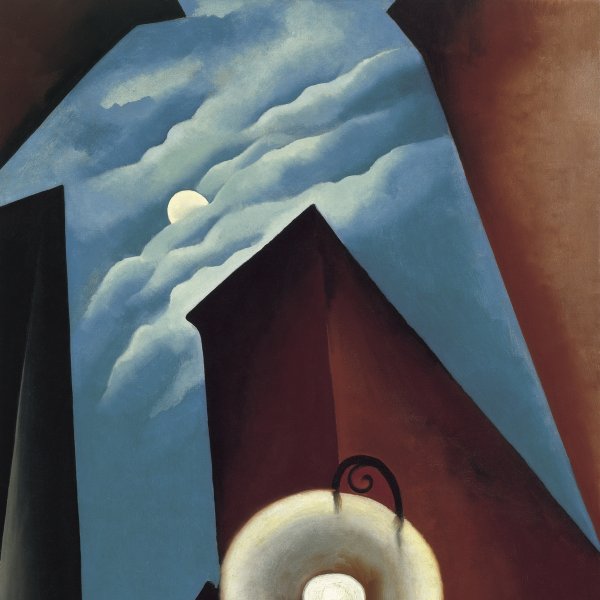White Iris No. 7
White Iris No. 7 is a good example of the painter’s artistic interest in flower shapes. As in other similar works, O’Keeffe depicts them as if viewed from a close-up camera lens, owing perhaps to the influence of the avant-garde photographers belonging to Alfred Stieglitz’s circle. Also derived from the photographic framing technique is the manner of cutting off the subject-matter at the edges, a device that further adds to the abstraction of her compositions.
Close-up views of flowers were a frequent theme in Georgia O’Keeffe’s artistic output. These images have very often been explained from a gender perspective and nearly always interpreted as having a sexual significance. Although such disquisitions do not detract from the artistic importance of the images, the painter systematically rejected what she considered an erroneous interpretation, as evidenced by the text she published in the catalogue of the exhibition held in the New York gallery in 1939, in which she stated: “Well — I made you take time to look at what I saw and when you took time to really notice my flower you hung all your own associations with flowers on my flower and you write about my flower as if I think and see what you think and see of the flower — and I don’t.”
Although it is difficult to ignore the sexual connotations and not to relate the image to the female genitals, the present Iris, like many of O’Keeffe’s flower paintings, can be interpreted as a meditation on creation and the dealings between the spiritual and material worlds. This visual rendering of the organic world may also be linked to the French philosopher Henri Bergson’s notions of the élan vital, the spirit that animates living things, which greatly influenced Stieglitz’s circle.
Paloma Alarcó
More details about White Iris No. 7











